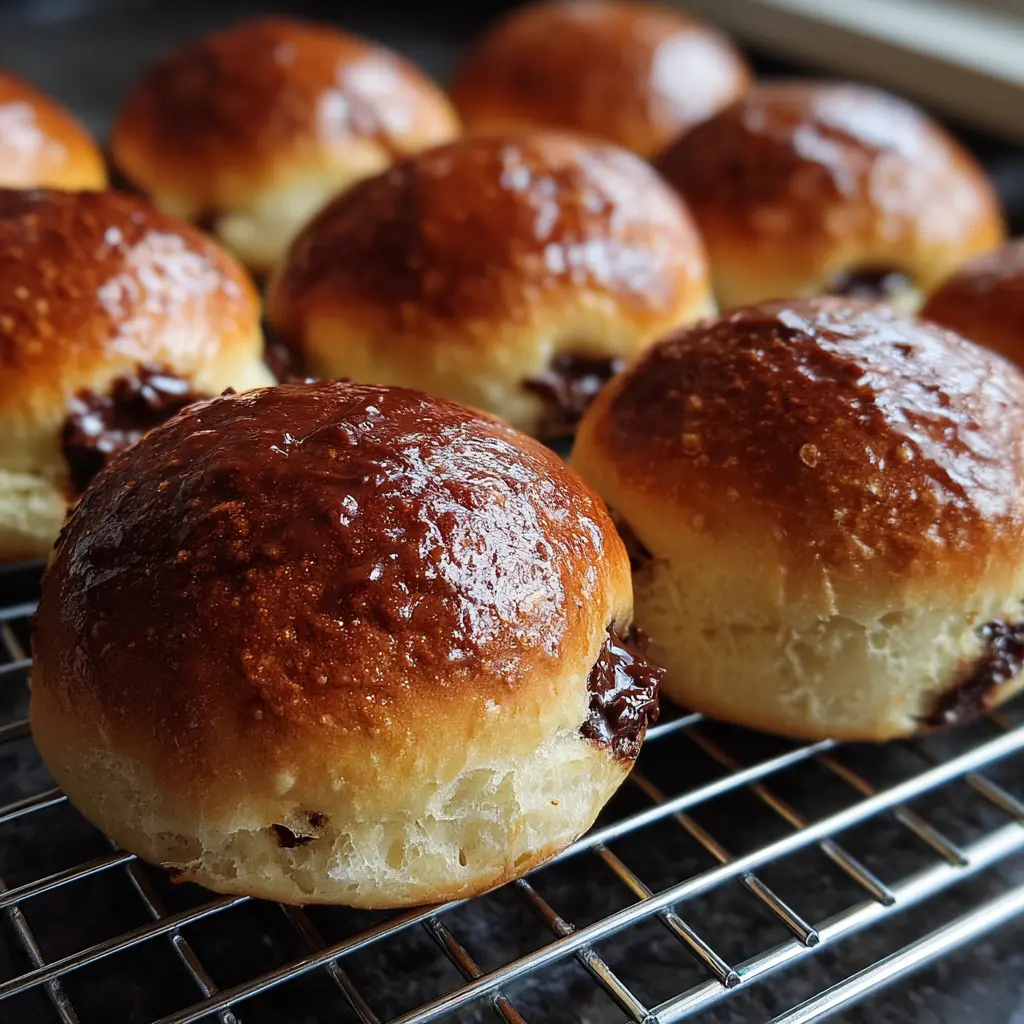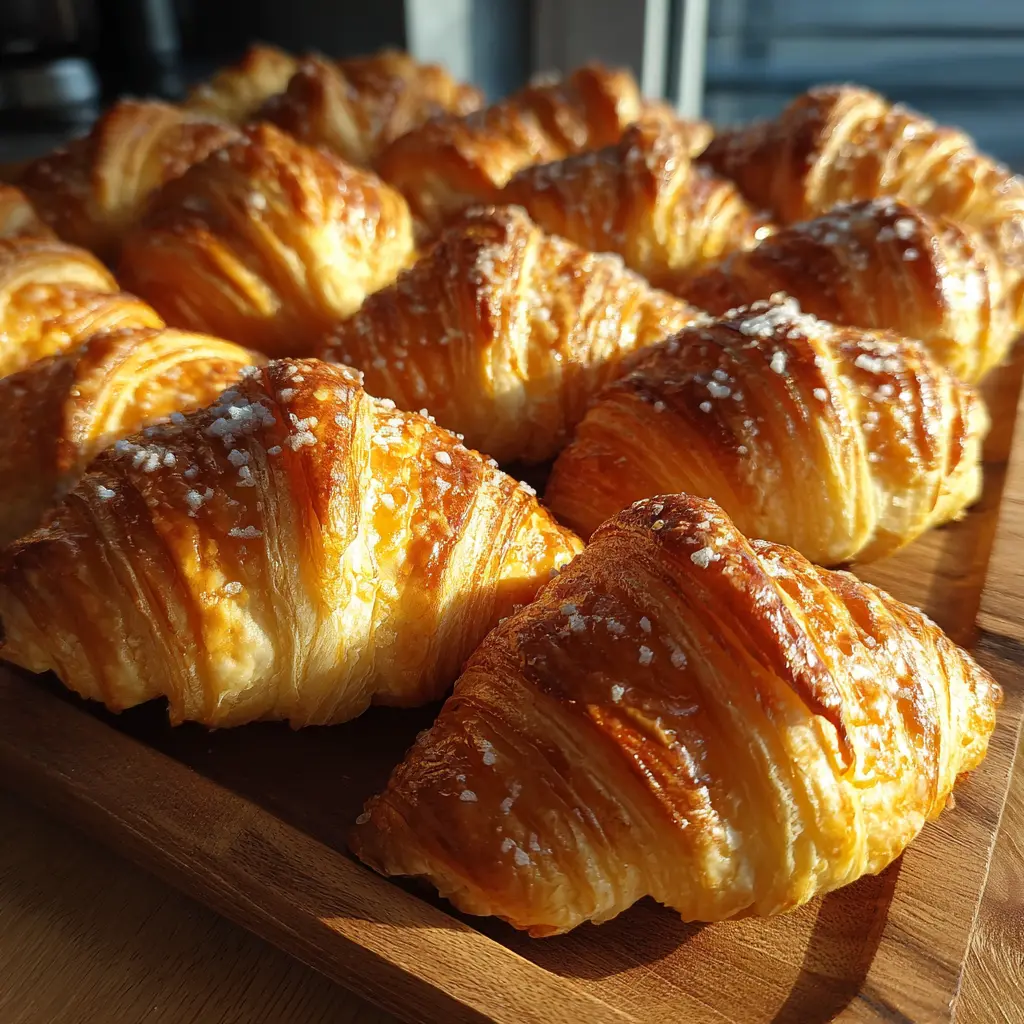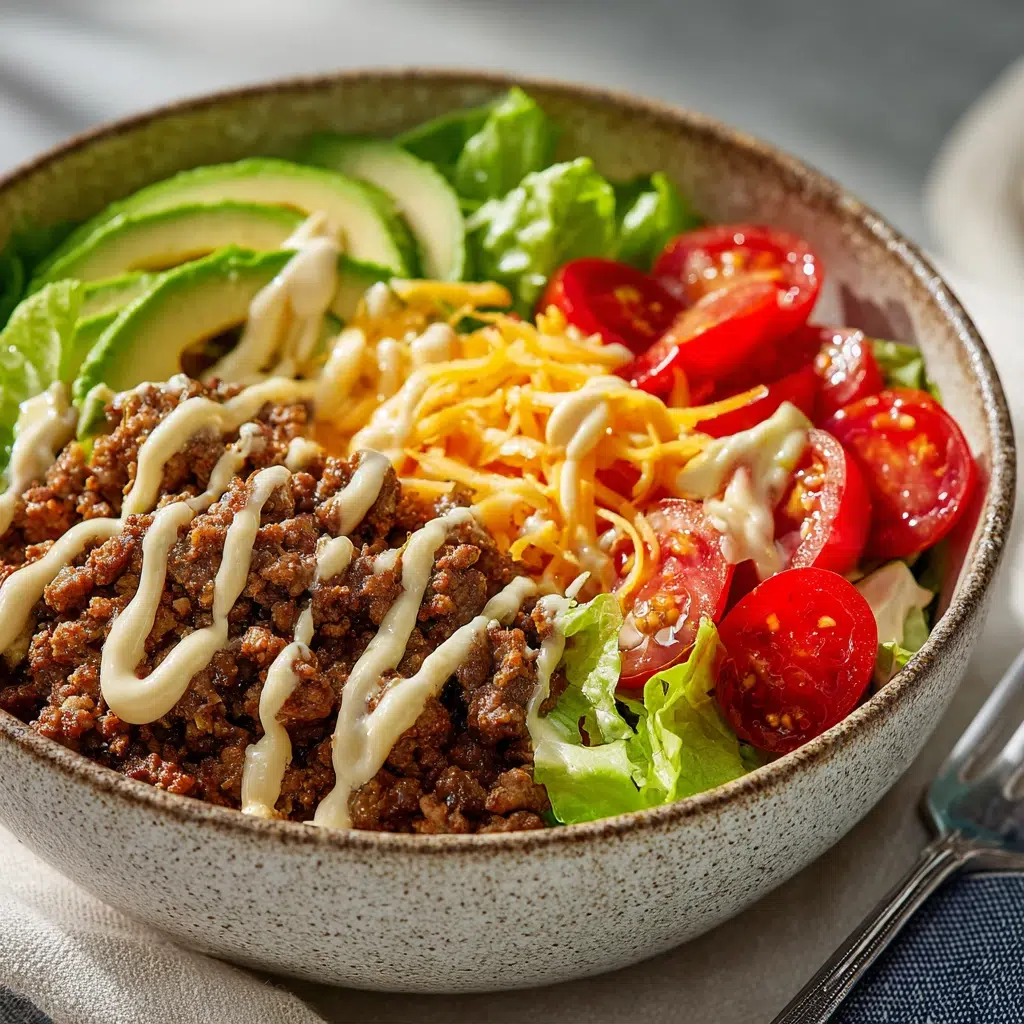Difference between crumble and streusel has puzzled many home bakers. In my grandmother’s kitchen, I first learned the distinction when she pulled two very different desserts from the oven—one topped with a soft, buttery layer that melted into fruit, and another crowned with a golden, spiced topping that added a chewy crunch. At the time, I didn’t know the names, but I was tasting the classic rivalry of Crumble and Streusel.
These two toppings are often mentioned in the same breath, yet they bring completely different experiences to the table. Crumble is simple, soft, and delicate, letting the fruit shine through, while streusel is richer, chewier, and spiced, giving coffee cakes and muffins their irresistible charm. Both are built from the same humble trio—flour, butter, and sugar—but how they’re prepared and what extras are added make all the difference.
Think about the last time you had a fruit dessert. If it was light, flaky, and melted in your mouth, chances are you enjoyed a crumble. If it had a crunchy, spiced bite that made your muffin or cake more indulgent, that was streusel doing its magic. For instance, a blueberry cobbler topped with crumble offers the perfect balance of juicy fruit and buttery topping. Check out this blueberry cobbler recipe for inspiration.
In this article, we’ll dive into the fascinating world of crumble and streusel. You’ll learn their differences in ingredients, preparation, and texture, discover the best desserts to pair them with, and pick up some pro tips to make your toppings at home a success. By the end, you’ll know exactly when to choose crumble or streusel for your next baking project.
What is Crumble?
Ingredients that Define a Crumble
A crumble is one of the simplest dessert toppings you can make, yet its magic lies in its restraint. The base ingredients—flour, white sugar, and cold butter—come together to form a topping that’s soft, flaky, and slightly sweet. Unlike streusel, which often leans on spices and nuts, crumble avoids extras, keeping its flavor profile clean and allowing the fruit beneath to be the star of the show.
When the butter melts in the oven, it binds with the flour and sugar to create a delicate topping that’s crumbly but never heavy. This is why many fruit-based desserts, from apple cobblers to berry crisps, rely on crumble for balance.
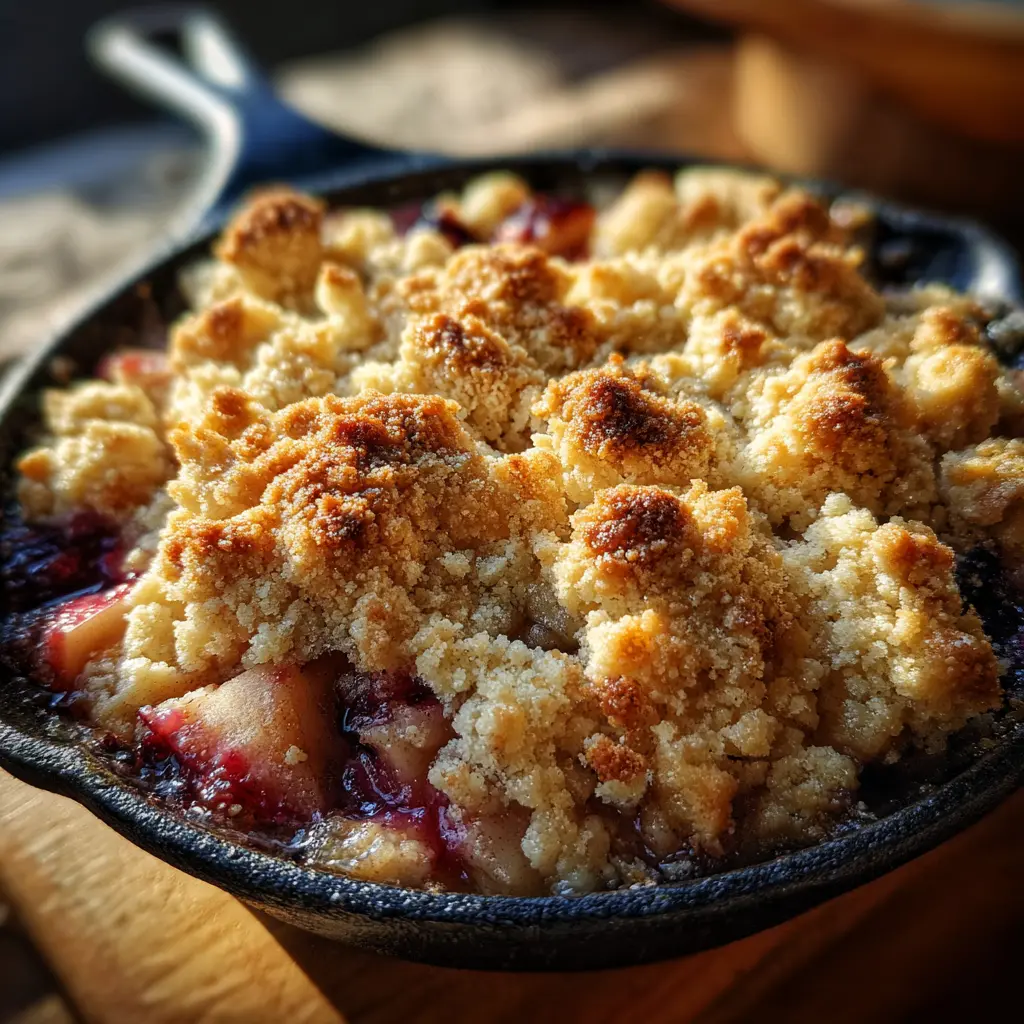
Crumble and Streusel Toppings
Ingredients
Equipment
Method
- In a large bowl, combine 1 cup flour and 1/2 cup white sugar.
- Add 1/2 cup cold butter, cut into cubes, and work it into the flour mixture with fingertips or a pastry cutter until it resembles coarse breadcrumbs.
- Scatter the mixture over prepared fruit in a baking dish.
- Bake at 350°F (175°C) for 30–40 minutes, until golden and fruit is bubbling.
- For streusel, mix 1 cup flour, 1/2 cup brown sugar, and 1 tsp cinnamon in a bowl. Add oats or nuts if desired.
- Add 1/2 cup softened butter and blend with a fork until clumps form.
- Scatter streusel generously over muffin or cake batter.
- Bake according to recipe instructions (20–30 minutes for muffins, longer for coffee cakes) until golden and crisp.
Nutrition
Notes
Tried this recipe?
Let us know how it was!Preparation Method for a Perfect Crumble
The secret to making a great crumble lies in the butter. It needs to be cold, not softened. Bakers often cut cold butter into the flour and sugar mixture with their fingertips or a pastry cutter until the mixture resembles coarse breadcrumbs. Larger chunks of butter are not a mistake—they’re essential. When baked, those chunks melt slowly, leaving small air pockets that give the topping its trademark light texture.
It’s also important not to overmix. Overworking the butter into the flour can make the crumble too uniform and dense. The best crumbles look rustic, with uneven bits of buttery topping scattered over the fruit.
Desserts That Commonly Use Crumble
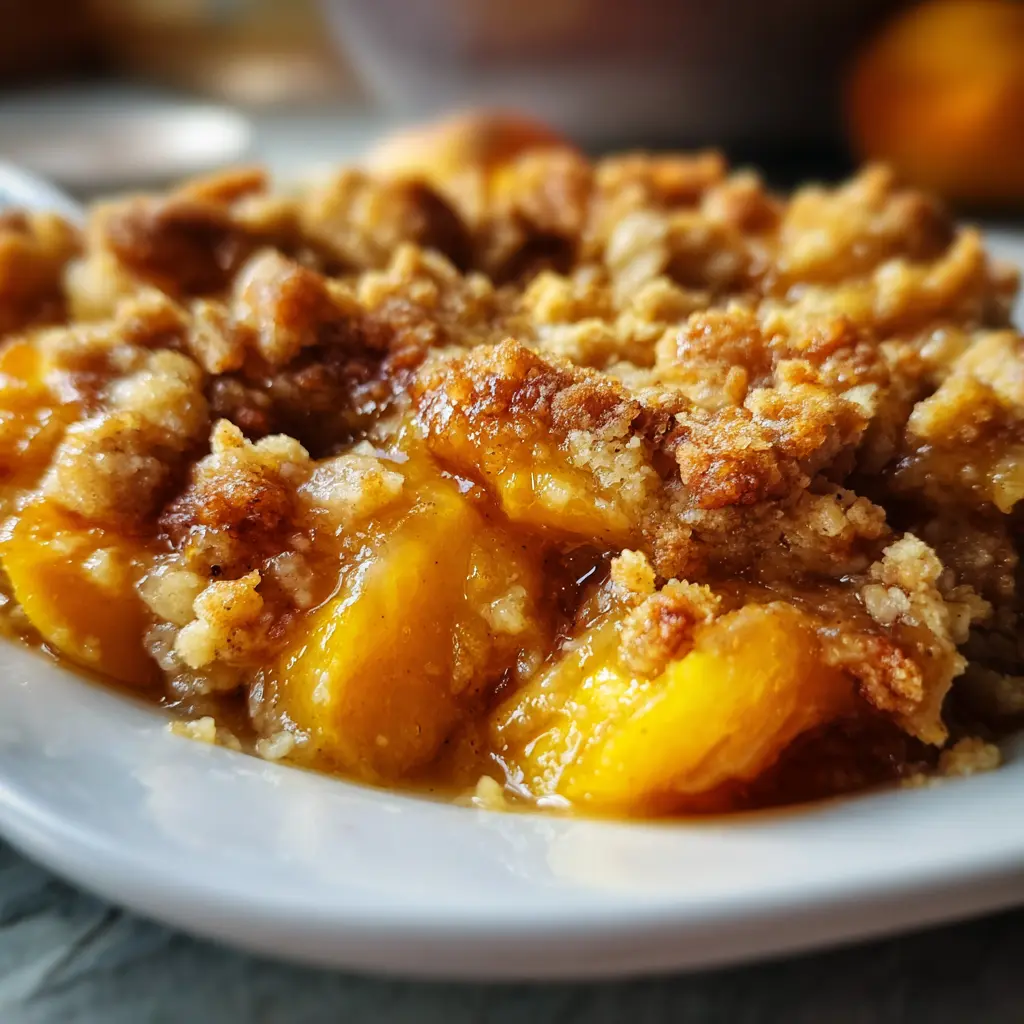
Crumble finds its true home in fruit-based desserts. Classics like apple crumble, peach cobbler, and berry crisps all use this topping to contrast the juiciness of baked fruit. Its subtle sweetness doesn’t overpower the filling but instead enhances it.
For example, the Best Peach Crumble Recipe showcases how perfectly crumble pairs with tender, baked fruit. Discover this peach crumble recipe for a taste of buttery sweetness.
Crumble isn’t just limited to cobblers and crisps, though. Some bakers use it for baked berry bars, rustic tarts, or even as a topping for simple baked custards. Its versatility lies in its ability to be both understated and indulgent, depending on how thickly you scatter it over a dish.
What is Streusel?
Streusel’s German Origins and Meaning
To truly understand the difference between crumble and streusel, we need to go back to streusel’s roots. The word streusel comes from the German verb streuen, meaning “to scatter” or “to sprinkle.” True to its name, streusel is traditionally scattered over cakes and breads before baking. It first appeared in German kitchens, where bakers developed it as a rich, flavorful topping for yeast-based cakes and pastries.
Over time, streusel made its way into American baking traditions. Today, it’s most famous for topping coffee cakes, muffins, and quick breads, where its chewy, spiced texture balances the softness of the baked goods beneath.
Ingredients That Make Streusel Unique
The difference between crumble and streusel begins with sugar. While crumble often uses plain white sugar, streusel relies on brown sugar, which caramelizes beautifully and adds a deeper flavor. Streusel also welcomes extra ingredients like cinnamon, oats, and nuts, giving it a more complex taste.
Butter is another factor. Instead of cold butter (used in crumble), streusel is usually made with softened butter, which mixes smoothly with the dry ingredients. This creates larger clumps that bake into chewy, crunchy nuggets of flavor on top of the dessert.
Popular Desserts That Use Streusel
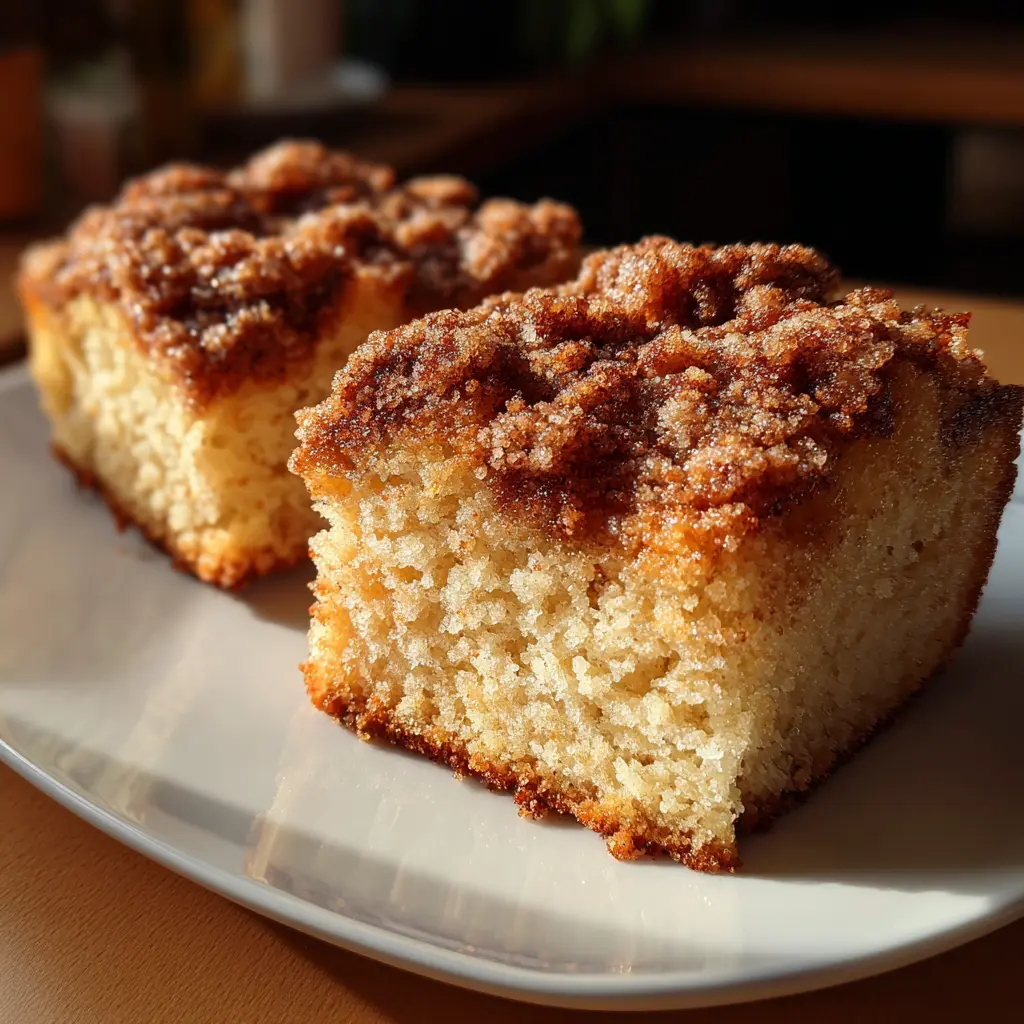
If crumble belongs to fruit desserts, streusel belongs to cakes. Think of a moist coffee cake with a cinnamon-brown sugar topping—that’s streusel at work. Muffins with a sweet, crumbly crown are another classic example. Streusel adds not just sweetness but also a satisfying crunch that makes baked goods irresistible.
A great example is a rich chocolate dessert, like a pound cake or a spiced loaf, where streusel provides a sweet, crunchy contrast. Check out this chocolate pound cake recipe to imagine how a streusel-style topping could elevate its flavor.
Ingredients Compared – Crumble and Streusel
Flour, Butter, Sugar: Shared Basics
At first glance, the ingredients might make it hard to see the difference between crumble and streusel. Both start with the same trio—flour, butter, and sugar. This base is what gives each topping its crumbly texture and sweet, buttery flavor. But the way these ingredients are handled creates two very different results.
The Role of White Sugar vs. Brown Sugar
One of the clearest signs of the difference between crumble and streusel is sugar choice. Crumble usually calls for white sugar, which delivers a lighter sweetness that highlights the fruit filling. Streusel, however, typically uses brown sugar, creating a caramel-like flavor that bakes into chewy clusters.
For example, in the Best Peach Crumble Recipe, white sugar allows the peach filling to shine. In contrast, a streusel topping with brown sugar and cinnamon would give the dessert a spiced, robust edge.
Optional Add-Ins: Nuts, Oats, Spices
Another way to see the difference between crumble and streusel is through add-ins. Crumble usually keeps things simple, while streusel often includes cinnamon, nuts, or rolled oats. These extras add crunch and complexity, making streusel especially suited for coffee cakes and muffins.
As highlighted by the University of Nevada, Reno Extension’s Mixed Berry Crisp, oats and spices can transform a basic topping into a structured, flavorful crown.
Comparison Table: Crumble and Streusel Ingredients
| Feature | Crumble | Streusel |
|---|---|---|
| Base Ingredients | Flour, cold butter, white sugar | Flour, softened butter, brown sugar |
| Sugar Type | White sugar (light sweetness) | Brown sugar (caramel-like depth) |
| Texture Result | Light, soft, and flaky | Dense, chewy, and crunchy |
| Add-Ins | Rarely includes extras | Often includes cinnamon, oats, or nuts |
| Best For | Fruit-based desserts (cobblers, crisps) | Coffee cakes, muffins, and quick breads |
Preparation Methods Compared – Crumble and Streusel
Crumble: Cold Butter and Light Texture
One of the biggest differences between crumble and streusel comes from how the butter is handled. For crumble, butter must be cold. Bakers cut it into the flour and sugar mixture using fingertips, forks, or a pastry cutter until the mix resembles coarse breadcrumbs. The trick is not to overwork it—leaving visible chunks of butter is the secret to a flaky, tender topping.
As the crumble bakes, those butter chunks melt slowly, releasing steam and creating air pockets. That’s why crumble toppings are so light and airy, the perfect partner for juicy fruit desserts.
Streusel: Softened Butter and Clumpy Texture
In contrast, streusel requires softened butter. Instead of being cut in, the butter is creamed or rubbed into the flour and sugar until the mixture forms larger, cohesive clumps. These clumps bake into chewy nuggets, giving streusel its signature crunch.
The addition of brown sugar, oats, or nuts reinforces this chewy texture, making streusel more substantial than crumble. This preparation style explains why streusel works best on sturdier baked goods like muffins and coffee cakes.
Common Mistakes to Avoid in Preparation
Even skilled bakers can run into trouble if they don’t pay attention to technique. Here are a few mistakes to watch out for when exploring the difference between crumble and streusel:
- Using the wrong butter texture: Cold butter is essential for crumble, while softened butter is best for streusel. Swapping them can ruin the desired outcome.
- Overmixing: Working the butter too much in crumble will create a dense topping, while under-mixing streusel leaves it sandy instead of clumpy.
- Pressing too firmly: Whether using crumble or streusel, pressing the topping down too tightly on the dessert prevents it from baking evenly. Scatter loosely instead.
By keeping these details in mind, you’ll always get the texture you want—flaky for crumble, chewy for streusel.
Texture and Dessert Impact
Crumble’s Soft and Flaky Mouthfeel
When considering the difference between crumble and streusel, texture is the most noticeable feature. A crumble bakes into a soft, buttery, and flaky topping that almost melts into the fruit filling beneath it. This makes it the ideal companion for desserts like apple cobblers, peach crisps, or berry pies, where the topping enhances rather than competes with the fruit.
Each bite of a fruit crumble feels light, with the sweetness of the topping blending seamlessly into the warm, juicy filling. It’s rustic, comforting, and designed to let the fruit shine.
Streusel’s Chewy and Crunchy Bite
Streusel offers a very different experience. Instead of melting into the dessert, it bakes into clumpy, chewy nuggets with a satisfying crunch. The brown sugar caramelizes, oats crisp up, and spices like cinnamon add layers of flavor. This hearty topping makes streusel the star of coffee cakes, banana bread, and muffins.
Imagine biting into a muffin crowned with streusel—it’s the crunch you taste first, followed by the soft, fluffy cake beneath. That contrast is what makes streusel unforgettable. In richer desserts, such as chocolate cakes, streusel adds just the right balance of crunch. Check out this chocolate pound cake recipe for inspiration on pairing dense cake with a streusel-style topping.
How Texture Shapes Dessert Choices
The difference between crumble and streusel in texture should guide your baking choices. If you’re making a fruit dessert, crumble’s flaky lightness ensures the filling remains the highlight. If you’re baking muffins or quick breads, streusel adds depth and interest with its chewy bite.
As demonstrated in Iowa State University’s Berry Crisp recipe, adding oats and spices creates a topping that’s more structured and crunchy, closer to streusel than crumble. This small change in ingredients completely transforms the dessert experience.
Crumble, Streusel, and Crisp – What’s the Difference?
Defining a Crisp Topping
While bakers often ask about the difference between crumble and streusel, there’s another player in the family: crisp. A crisp is very similar to crumble, but it always includes oats as a key ingredient. When baked, the oats toast up and create a topping that’s crunchier than a crumble but not as dense as streusel.
Crisps also tend to feature warm spices like cinnamon or nutmeg, making them a perfect match for autumn desserts such as apple crisp or pear crisp. The oats not only add texture but also give the topping a heartier, rustic quality.
How Crisp Compares to Crumble and Streusel
The main difference between crumble and streusel lies in texture and add-ins, but crisp bridges the gap between the two. It shares crumble’s lightness and fruit-forward focus while borrowing some of streusel’s crunchy complexity. This makes crisp an excellent choice for bakers who want the best of both worlds: soft fruit below and a crunchy topping above.
Quick Comparison Table: Crumble vs Streusel vs Crisp
| Feature | Crumble | Streusel | Crisp |
|---|---|---|---|
| Main Ingredients | Flour, cold butter, white sugar | Flour, softened butter, brown sugar | Flour, cold butter, oats, brown sugar |
| Texture | Soft, light, and flaky | Dense, chewy, and clumpy | Crunchy, hearty, with toasted oats |
| Flavor Profile | Mild, buttery sweetness | Rich, spiced, nutty (if add-ins are used) | Warm, spiced, rustic flavor |
| Best For | Cobblers, fruit pies, berry bars | Muffins, coffee cakes, banana bread | Apple crisp, berry crisp, autumn desserts |
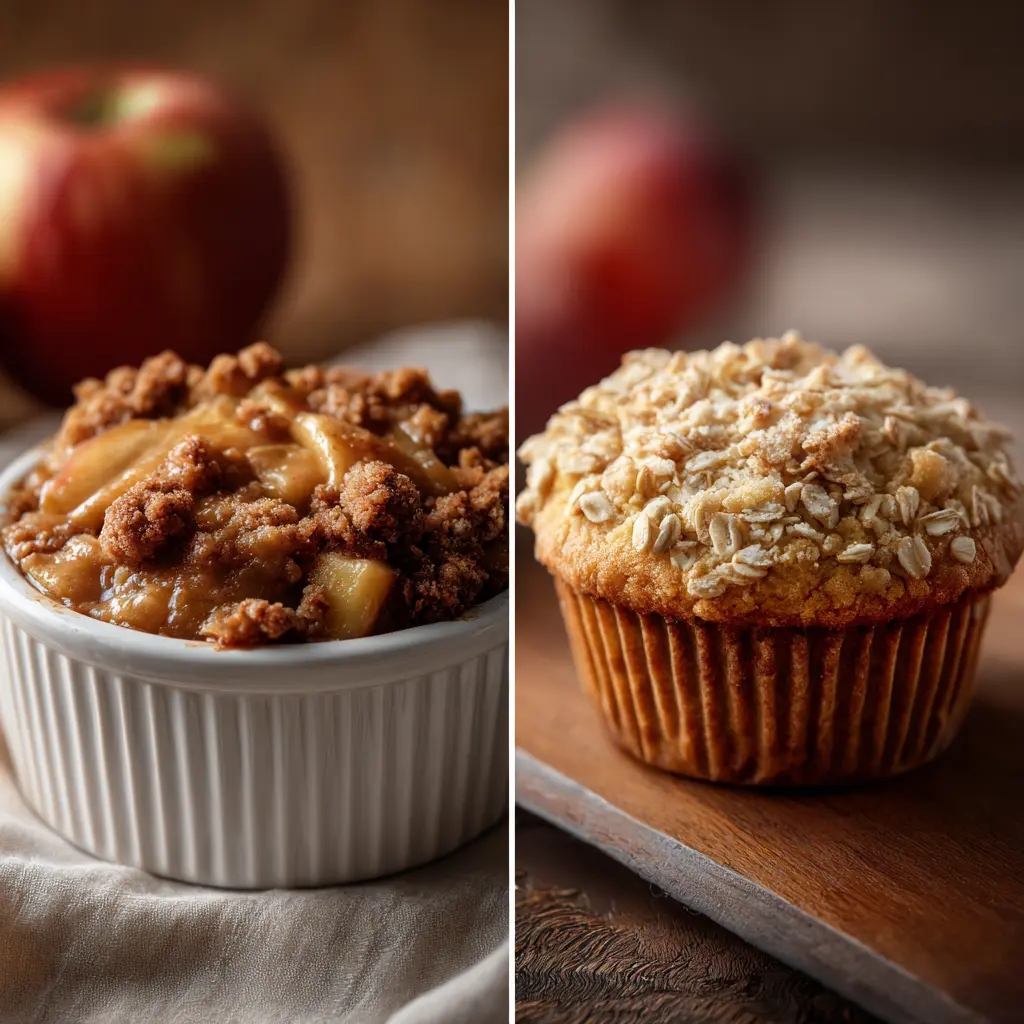
This comparison shows how closely related these toppings are while making it easy to spot the difference between crumble and streusel—and how crisp fits right in between.
Tips for Perfect Dessert Toppings at Home
Step-by-Step Guide to Making Crumble
If you’ve ever wondered about the hands-on difference between crumble and streusel, the method is the best place to start. Here’s a simple process for making a classic crumble topping:
- Prepare the dry mix: In a large bowl, combine 1 cup of flour with ½ cup of sugar.
- Add the butter: Cut ½ cup of cold butter into cubes, then use your fingertips or a pastry cutter to work it into the flour mixture until it resembles coarse breadcrumbs.
- Scatter over fruit: Spread the mixture evenly over your prepared fruit base—apples, peaches, or berries work best.
- Bake until golden: Bake at 350°F (175°C) for about 30–40 minutes, or until the topping is golden brown and the fruit is bubbling.
The result? A soft, buttery topping that enhances the fruit without overwhelming it.
Step-by-Step Guide to Making Streusel
Now, let’s look at how streusel differs in preparation:
- Mix the dry ingredients: Combine 1 cup of flour, ½ cup of brown sugar, and 1 teaspoon of cinnamon. Add oats or nuts if desired.
- Add softened butter: Blend in ½ cup of softened butter with a fork or spatula until the mixture forms clumps.
- Top your batter: Scatter the clumps generously over muffin or cake batter.
- Bake until crisp: Bake according to your recipe, usually 20–30 minutes for muffins or longer for coffee cakes, until the streusel turns golden and crunchy.
This method creates a topping that’s chewy, rich, and full of spiced flavor—ideal for baked goods.
Expert Baking Tips for Success
To truly master the difference between crumble and streusel, keep these expert tricks in mind:
- Temperature of butter matters: Cold butter = light, flaky crumble. Softened butter = chewy, clumpy streusel.
- Don’t overmix: The more rustic the mixture looks before baking, the better the texture will be after.
- Scatter, don’t press: Whether crumble or streusel, gently scatter the topping instead of pressing it down. Pressing makes the topping bake unevenly.
- Chill before baking: If you want extra-defined chunks, chill your topping in the fridge for 10 minutes before adding it to your dessert.
With these tips, you’ll not only see the difference between crumble and streusel—you’ll taste it in every bite.
Choosing the Right Topping for Your Dessert
When to Use Crumble vs Streusel
The easiest way to decide between the two is to think about your dessert’s base. If your dish is fruit-forward, like apple cobblers, peach crisps, or berry pies, crumble is usually the better choice. Its light, buttery, and flaky texture won’t overpower the fruit—it complements it.
On the other hand, if you’re baking cakes, muffins, or quick breads, streusel is the winner. Its chewy, spiced crunch adds a layer of complexity that makes baked goods feel indulgent and bakery-worthy.
This is the core difference between crumble and streusel: crumble enhances, while streusel transforms.
Dessert Ideas for Each Topping
- Crumble Topping: Apple cobbler, peach crisp, blueberry crumble bars, or baked berries.
- Streusel Topping: Coffee cake, banana bread, cinnamon muffins, or pumpkin loaf.
- Mixing the Two: Feeling adventurous? You can even combine crumble and streusel by using a base crumble layer with a spiced streusel sprinkled on top. This hybrid creates both a flaky softness and a chewy crunch in one bite.
Creative Combinations to Try
Some bakers love bending the rules, and that’s where magic happens. For example:
- Add a handful of oats to a crumble for a crisp-like effect.
- Add white sugar instead of brown to streusel for a lighter flavor closer to crumble.
- Mix chopped nuts into either topping for extra crunch and a nutty depth.
By experimenting, you’ll discover that the difference between crumble and streusel doesn’t have to be a dividing line—it can be a spectrum of delicious possibilities.
FAQs About the Difference Between Crumble and Streusel
1. What’s the difference between crumble and streusel?
The main difference between crumble and streusel is texture and flavor. Crumble is light, buttery, and flaky, while streusel is chewy, spiced, and more structured.
2. Can crumble and streusel be used interchangeably?
Yes, but the results will vary. Using streusel on fruit desserts makes them richer and spicier, while using crumble on muffins keeps the topping simple and soft. It all depends on the flavor and texture you want.
3. What makes a topping crunchy or soft?
Cold butter produces a soft, flaky texture like crumble. Oats, nuts, and brown sugar add crunch, which is why streusel tends to be denser and crispier.
4. Which topping works best for muffins?
Streusel is the classic choice for muffins. Its chewy clumps and spiced sweetness create a bakery-style crown that complements soft muffin crumb.
5. How do I prevent the topping from sinking into the dessert?
Always scatter the topping loosely over the surface instead of pressing it down. For extra insurance, chill the topping before baking—it will hold its shape better.
6. Can I add oats or nuts to crumble?
Yes, but technically that transforms it into more of a crisp or a streusel variation. Still, many bakers enjoy customizing their toppings with oats, almonds, or pecans for added crunch.
Conclusion: Final Thoughts on the Difference Between Crumble and Streusel
Now that you know the difference between crumble and streusel, choosing the right topping for your dessert becomes simple. Crumble is the lighter choice, perfect for fruit cobblers and crisps, while streusel is the richer, chewier option for muffins, cakes, and quick breads.
Both are easy to make and endlessly versatile. If you’re after a dessert where fruit shines, go with crumble. If you want bold flavor and texture, streusel is your best friend. And if you want to experiment, try mixing the two—you may discover a whole new favorite.



